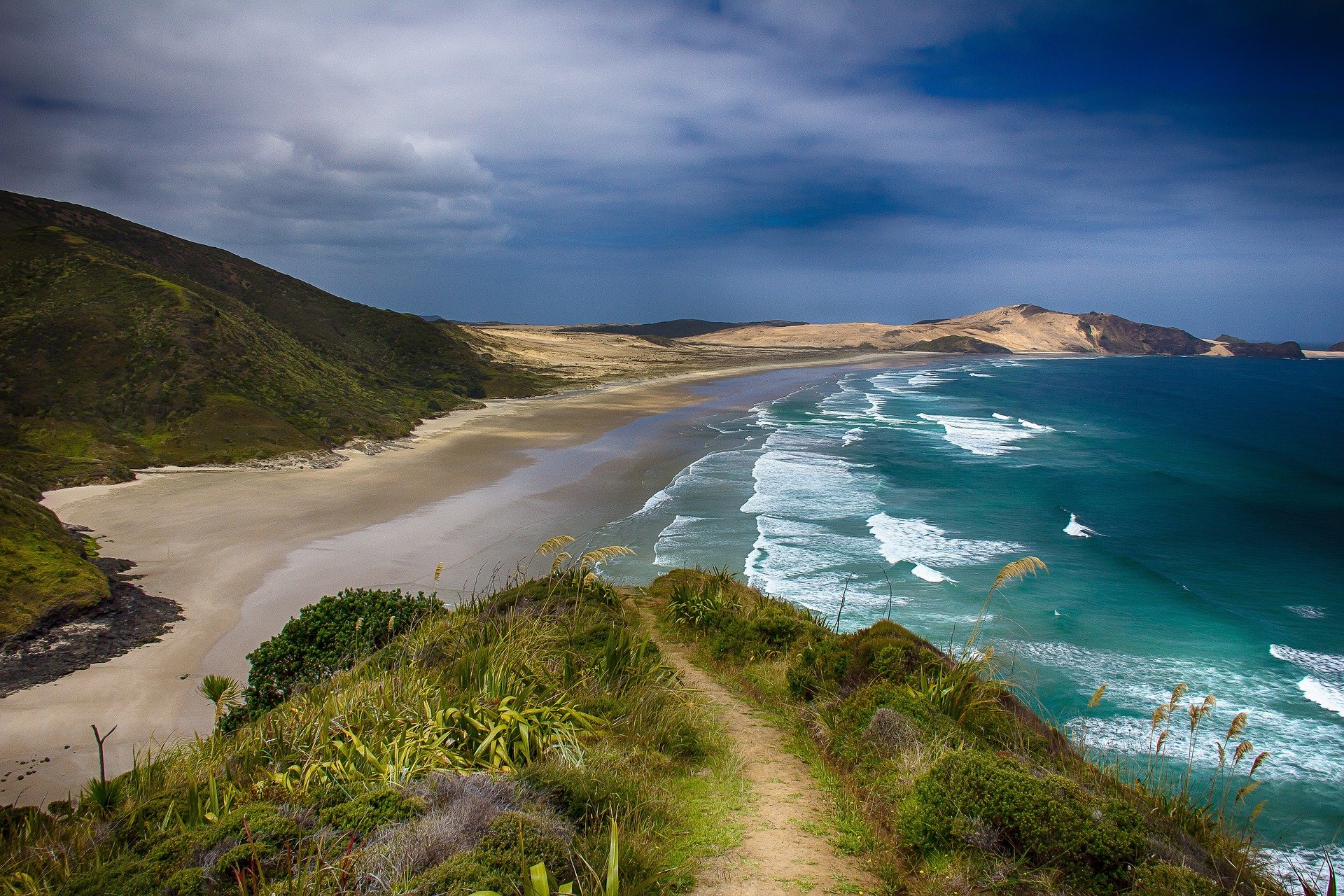
Ōtepoti – Up to 410 million people are predicted to be at risk from rising sea levels by 2100, which is seriously worrying for New Zealand.
The coastlines of New Zealand total about 15,000 km in length, about a third of the Australian coastline. Many towns and cities in Aotearoa are built close to the sea.
Sea levels have been rising faster since about 1850, when people started burning coal. From small island developing states to developed economies in Europe, rising seas are a global challenge.
Lost homes, lives and livelihoods are among the worst impacts of rising sea levels., the World Economic Forum says.
Sea level is the measurement of the sea’s surface height. Between the 1800s and early 1990s, tide gauges attached to structures such as piers measured global sea level, as research organisation the Smithsonian Institution says. Now satellites carry out this task by bouncing radar signals off the ocean’s surface.
Sea levels reached a record high in 2021, and NASA says sea levels are rising at rates that are unprecedented in the past 2500 years.
The US space agency and other US government agencies warned this year that levels along the country’s coastlines could rise by another 25 to 30 cm by 2050. This 30 year increase would match the total sea level rise over the past 100 years.
The global sea level has risen by about 21cm since records began in 1880. While measuring in centimetres or even millimetres might seem small, these rises can have big consequences. This is the case where storm surges end up sweeping further inland that they would have done previously.
Two main factors cause sea level rise. These are melting ice from glaciers and seawater expanding because of rises in global temperatures, explains the US National Oceanic and Atmospheric Administration.
The Thwaites glacier in Antarctica is disintegrating more quickly than anticipated. It’s been nicknamed the doomsday glacier because without it and its supporting ice shelves, sea levels could rise more than to more than three metres.
Heat stored in the ocean is responsible for between a third and half of global sea level rise, NASA says. The last decade has been the ocean’s warmest since at least 1800, and ocean temperatures reached a new high in 2021.
Scientists link accelerated global warming over the past 200 years to growing levels of carbon dioxide in the atmosphere, according to the Smithsonian Institution.
Carbon dioxide is the main greenhouse gas produced from burning coal and other fossil fuels. Sea levels began rising at faster rates when people began burning coal in around 1850.

